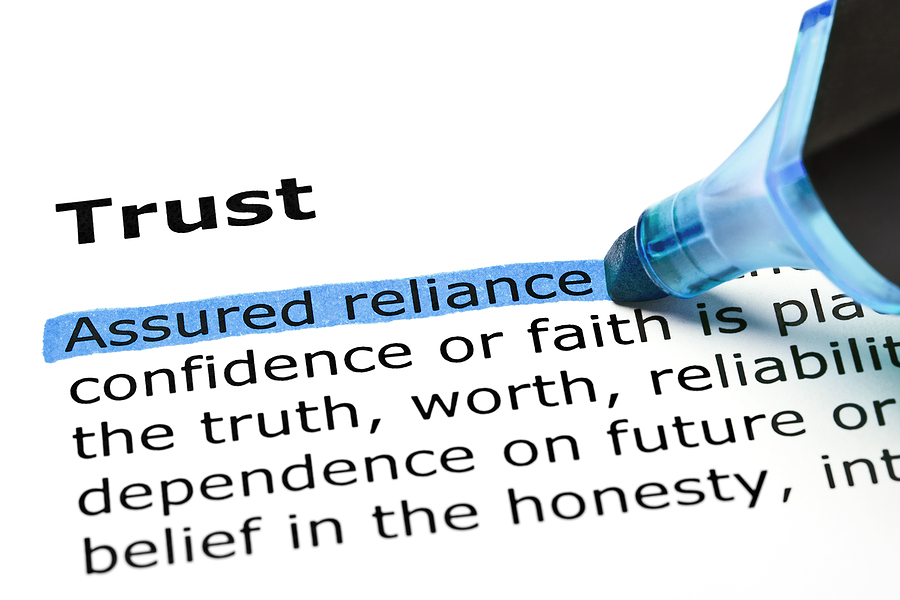
Answering the Relentless Search for Validation, Verification & Truth
June 12th, 2024 Posted by Emergent Agency Services, Brand Beliefs, Brand differentiation, brand marketing, brand messaging, Brand preference, Brand trust, Differentiation, engagement, Higher Purpose, storytelling, Strategic Planning 0 comments on “Answering the Relentless Search for Validation, Verification & Truth”The updated formula for powerful brand communication
Today we nail, confirm, codify, canonize and draw the proverbial line in the sand, concerning what effective brand communication should focus on in recognition of vast consumer behavior changes. This article offers tangible direction about where to place your bets and how best to secure engagement with consumers that will lead to a lasting, trusted relationship.
So, what changed?
For 50 years (or more) brand communication was defined as the shiny amplifier in the marketing toolbox, a look-at-me cudgel for products determined to seek out attention. Marketing plans historically, traditionally, extolled the value of top-of-mind awareness-building as the best path downward from the lip of the ”purchase funnel” — where awareness preceded everything else that could matter on the rocky road to a transaction.
The world, however, has shifted dramatically. The purchase funnel as we know it is no longer a relevant business recipe. As we flagged in an earlier post – today consumption is an infinite loop of inspiration, exploration, community participation and advocacy.
- Old brand world: defined by conventional paid media awareness (digital or analog)
- New brand world: defined by content, events, experiences, earned media and fandom
The new and improved role for brand comms
Much has been said about the decline of conventional, non-digital media as the sheer number of viable newspapers, magazines and radio stations has shrunk like conventional taxi service. A great deal of that subtraction due to the shift of media spending away from legacy media platforms. Why? Because consumers have left that building in droves. Digital media brands and platforms now proliferate as the vanguard of trend reporting and product assessment – and all of it online.
What has not declined and only advanced is the insatiable thirst for trusted guidance in a world rife with perceived uncertainty. Consumers universally hate risk (or the perception of it) and seek to avoid that experience. What people want more than ever is assurance of truth and credible corroboration of what brands claim and want them to believe. They also seek reliable coaching on their personal journey and support to determine what’s the best way to fulfill their hopes, wants and dreams.
Somehow this is lost on brands that continue to navigate the awareness pathway, thinking once consumers are aware of the brand’s better mouse trap of benefits, sales growth will inherently follow piggy-back style. However, consumers no longer play ball with that kind of marketing behavior. And they have other options.
Here’s the marketing challenge of the era: brand communication absent genuine, authentic strategy (pursuing differentiation, uniqueness, singularity rather than “better”) is largely a wasted effort (and spend). So too, is any product or service seeking attention ahead of real faith and belief. What’s missing for the consumer in that scenario? Trust. In its place, resides risk and plenty of it.
Our daily behaviors
Whether it’s apps like Instagram, Tik Tok or online news sites such as Fast Company, Thrillist and Axiom, we look to experience review and reportorial forms of content to help us sort the wheat from the chaff, the good from bad, the hot from not, the truth from fiction for what is important to us. We want assurance from a credible source to decide A vs. B. Is this an exercise in building awareness? No. It’s risk mitigation built on the back of a trusted source of guidance.
Doesn‘t it make sense then to shift the planning approach from aggregating eyeballs to winning hearts and earning trust? If so, how can we do that most effectively as stewards and builders of brand relationships and reputations?
What do all of these case study examples have in common?
Sara Lee – restoring brand relevance and growth.
Sargento – leaping ahead of the tyranny of a commodity category
Jamba Juice – restaging brand belief in the health and wellness era
First Alert – establishing a new category solely through editorial reporting
Champion Petfood – leveraging a unique brand strength for enhanced trust and reputation
Molson beer – restoring business credibility and brand resonance
Schuman Cheese – ending the era of category fraud and restoring trust and faith\
They all represent Emergent’s approach using an integration of client/agency collaboration, authentic sound strategy, consumer and trade insight, curated messaging, advocacy and trust tactics, credible voices, industry participation, focus in earned media and cross channel deployment creating a bandwagon effect (multiple sources that agree).
7-point recipe for effective brand communication
- Foundational strategic work on brand purpose, mission, values, differentiation, archetype, language, consumer insight and foundational narrative precedes tactical considerations
- Optimizing business behaviors, policies, plans and infrastructure to role model and enforce a culture of consumer centricity and brand reciprocity founded on improving consumers’ lives
- Brand communication designed around consumer as hero of storytelling, with brand operating as coach, guide and enabler of the consumer’s journey.
- Investment in building a community of advocates and trusted sources to verify and validate key messaging, build credibility and earn trust.
- Steering clear of self-promotion, feature/benefit selling and other old school behaviors that make consumer relationships transactional and self-serving
- Deep investment in earned media and integrated social community activations to influence consumer perceptions, build relationships, develop trust and affirm claims
- Seamless integration of message and story from web site to social channels, outbound communication and branded content creation
The best work falls from partnership
Our experience with this approach signals evidence that when brands invest in their “why” over how and what they do to imbue their brand with deeper meaning founded on a relentless drive to help improve consumers’ lives, the business results follow.
When earning trust and working to mitigate risk is foundational in go-to-market behaviors, a new era of engagement and relevance is established because consumers elect to “join” the brand’s mission as advocates rather than mere users.
- We’ve seen this recipe pay dividends over and over because the brand and business’ heart are not only in the right place, the tools in the marketing toolkit have been optimized for relevance and meaning rather than chasing awareness.
The most powerful way to achieve these outcomes is through a true collaboration between brand and agency. Partnership vs. vendorship – are miles apart in outcome potential.
If this inspires questions and conversation about improving your marketing approach — Use this link to let us know if you would like to discuss further.
Looking for more food for thought? Subscribe to the Emerging Trends Report.
Bob Wheatley is the CEO of Chicago-based Emergent, The Healthy Living Agency. Traditional brand marketing often sidesteps more human qualities that can help consumers form an emotional bond. Yet brands yearn for authentic engagement, trust and a lasting relationship with their customers. Emergent helps brands erase ineffective self-promotion and replace it with clarity, honesty and deeper meaning in their customer relationships and communication. For more information, contact [email protected] and follow on Twitter @BobWheatley.




